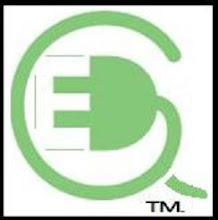What is Takt time to begin with?
In simple terms it is defined by the following equation:
( Net Minutes Available to work / Units Required = Total Minutes of Work Per Unit Produced ).
Ultimately this is the optimum amount of time you have to produce an item in order to meet your customers demand. If you do not provide your service within Takt time, you risk creating a VERY unhappy customer.
In the manufacturing world, these problems can lead to shut downs, create long lead times, and large expensive inventories. Ultimately, a business could end up closing its doors due to the issue of not effectively meeting its Takt time.
Takt time is like the pulse of your manufacturing process. Very much like that of a beating heart in a person. If the heart stops, there are Major problems.
The goal is to be better than your Takt time. To have a process that is steady and efficient. Everything needs to flow according to your customers demand. There are many items that can affect your ability to meet or beat the Takt time requirements made by your customer. A few are: Material placement, Plant Layout, Process layout, Labor division, Plant Location, Inventory availability, A companies Cash Flow, the weather, etc.. . Each of these items needs to be constantly tuned and measured to help spur improvement. The items that are not controllable need to have the proper contingency plans in place to help promote success.
A Supplier may be able to meet your Takt time need. But it doesn't mean they are doing it efficiently and providing you a good cost. They may be taking the "Shot Gun" approach to manufacturing and be providing their service at a high cost!
This is why all Supply Chain Managers and Procurement Professionals need to be aware of this issue. They need to be able to spot a good supplier from a bad one. Even preferred suppliers can have these issues. You may not like your suppliers cost and desire a cost reduction. They may be responding with, “This is as good as we can do!” If you understand these principles, you will have a better idea of where to find your cost reduction when analyzing your Supply Chain value stream. The more efficiently your Supply Chain produces product, the more effective your spend will be.
Thursday, October 1, 2009
Subscribe to:
Post Comments (Atom)

No comments:
Post a Comment